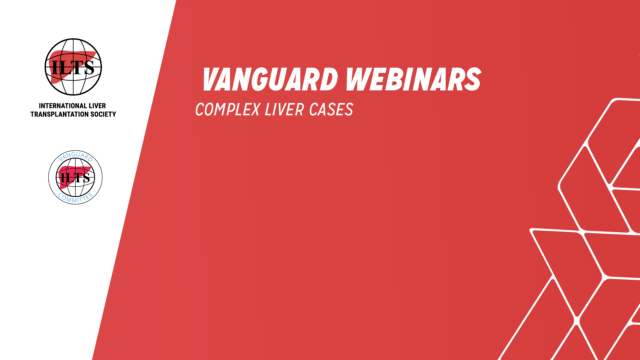What we´re reading…
This month’s key articles were selected by Ryan Chadha, Tamer Shaker, Onur Keskin, and Jiang Liu.
HEPATOLOGY
Transplantation
International Travel for Liver Transplantation: A Comprehensive Assessment of the Impact on the United States Transplant System
Background: International travel for transplantation remains a global issue as countries continue to struggle in establishing self-sufficiency. In the United States (US), the United Network for Organ Sharing (UNOS) requires citizenship classification at time of waitlisting to remain transparent and understand to whom our organs are allocated. This study provides an assessment of patients who travel internationally for liver transplantation, and their outcomes, using the current citizenship classification employed by UNOS. Read More
Annals of Surgery
Optimal Timing of Administration of Direct-acting Antivirals for Patients With Hepatitis C-associated Hepatocellular Carcinoma Undergoing Liver Transplantation
Objective: To investigate the optimal timing of direct-acting antiviral (DAA) administration in patients with hepatitis C-associated hepatocellular carcinoma (HCC) undergoing liver transplantation (LT). Read more.
Liver Transplantation
Redefining Success After Liver Transplantation: From Mortality Toward Function and Fulfillment
Liver transplantation (LT), the only cure for end-stage liver disease, is a lifesaving, costly and limited resource. LT recipients (LTRs) are aging with an increasing burden of medical comorbidities. Patient and graft survival exceed 70% at 5 years, however, patient-centered health outcomes beyond survival have received relatively little attention. LTRs must have strong self-management skills to navigate health systems, adhere to clinical monitoring, and take complex, multi-drug regimens. All of these tasks require formidable cognitive abilities for active learning and problem-solving. Read More.
SURGERY
Transplantation
Healthcare Resource Utilization After Living Liver Donation: A Retrospective Case-control Study
Background: Living liver donation is generally considered safe, but donors may experience short or long-term complications. The purpose of this study was to assess healthcare resource utilization after liver donation in living liver donors in comparison to the general population. Read More.
Journal of Hepatology
A multicentre outcome analysis to define global benchmarks for donation after circulatory death liver transplantation
Background: To identify the best possible outcomes in liver transplantation from donation after circulatory death donors (DCD) and to propose outcome values, which serve as reference for individual liver recipients or patient groups. Read More.
Liver Transplantation
The Toronto Post Liver Transplant Hepatocellular Carcinoma Recurrence Calculator: A Machine Learning Approach
Background: Liver transplant (LT) listing criteria for hepatocellular carcinoma (HCC) remain controversial. To optimize the utility of limited donor organs, this study aims to leverage machine learning to develop an accurate post-transplant HCC recurrence prediction calculator. Read More.
ANESTHESIOLOGY AND CRITICAL CARE
Journal of Hepatology
Global impact of the first wave of COVID-19 on liver transplant centers:A multi-society survey (EASL-ESOT/ELITA-ILTS)
Background and aims: The global impact of SARS-CoV-2 on liver transplantation (LT) practices across the world is unknown. The goal of this survey was to assess the impact of the pandemic on global LT practices. Read More.
Journal of Hepato-Biliary-Pancreatic Sciences
Randomized control trial on peri-operative antibiotic prophylaxis in live liver donors – Are three doses enough?
Donor safety is paramount in live donor liver transplantation (LDLT)1. Live donor hepatectomy is a major surgery with an overall morbidity of 20% and major complications rate of about 4-5%1. Infective complications are the most common morbidity in live liver donors2-4. Read More.
American Journal of Gastroenterology
Prehabilitation-Driven Changes in Frailty Metrics Predict Mortality in Patients With Advanced Liver Disease
Introduction: Frailty is a predictor of morbidity and mortality in cirrhosis. Although evidence for prehabilitation is promising, the data for liver transplant (LT) candidates are limited. The primary aim of this study was to evaluate the effect of a novel prehabilitation strategy on changes in frailty metrics and survival in LT candidates. The secondary aim was to determine liver-related and extrahepatic conditions associated with frailty. Read More.







